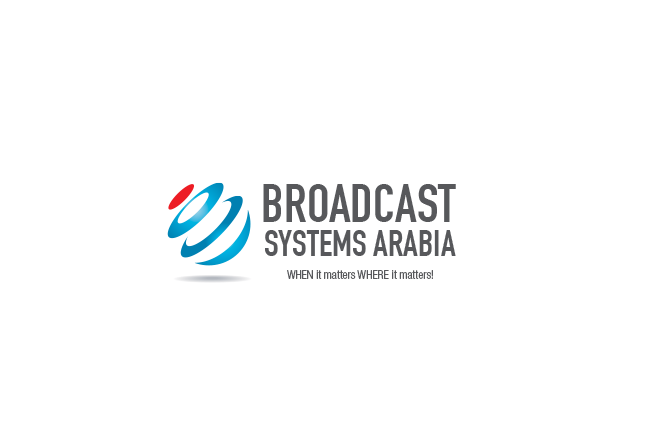Gain more value from your investments
With so many changes occurring in the industry, there is a responsibility on technology providers to ensure that broadcasters and media owners are armed with the latest knowledge and tools that will make their lives easier. By keeping ear to the ground and working alongside customers, TSL continues to design products and solutions that empower its customers, allowing them to take ownership of their systems and benefit from extended life-time value.
Advanced Control Systems
TSL’s advanced control systems are protocol agnostic and built on a powerful control engine that takes the efficiency found in automated systems, and multiplies it to dramatically reduce production costs and support facility-wide management. Virtual Panels offer a complete software control interface with an intuitive editor that allows multi-page configurations with easy access, configuration creation and editing; whilst Universal Control Panels offer the ability to deliver powerful control functions without the costly investment of a system controller – simply plug the panel into an existing system to achieve that key bit of functionality needed.
Thanks to its ‘out of the box’ interoperability, TSL’s Advanced control systems have been implemented by leaders, not just in broadcast, but also in e-sport, government and entertainment AV facilities and houses of worship around the world.
Powerful and Agile Audio Monitoring
The ratification of SMPTE 2110 has led to a boost in industry-wide confidence for IP projects and more than 500 of TSL’s PAM-IP audio monitors have been deployed worldwide. As well as offering the functionality expected of a typical audio monitor, the range provides a high level of integration with third-party control systems, allowing ST-2110 multicast flow subscriptions to be managed using ‘In-Band’ or ‘Out of Band’ control protocols such as Ember+, NMOS IS-04/05 or TSL’s own RESTful API. Subscription status can be monitored remotely over a network with the PAM-IP webpage, along with health status information such as IP packet counters, signal format and PTP status. Supporting ST-2110, ST-2022-6 and Dante networks, as well as more traditional SDI, AES and analogue sources, PAM-IP provides premium audio monitoring wherever you may be on your transition to IP.
Meanwhile, SAM-Q represents a new approach to audio monitoring, allowing customers to determine how they wish to control and visualise their audio content based on application, environment or simply personal preference, and add or restrict new modes and behaviours over time. Unlike traditional rackmount audio monitors, the SAM-Q platform has been designed to continually provide value to customers even when no operator or engineer is present. An example of this is the new SAM-Q loudness license, which not only provides new operational modes and loudness displays to the user but also allows loudness data to be logged and monitored over an ethernet network. With up to eight independent loudness probes provided and the ability to monitor loudness from a mono source right up to a 9.1+4 programme configuration, the SAM-Q-SDI provides both operational simplicity and deep audio analysis at the same time.
New and existing SAM-Q-SDI customers can now also purchase the new MADI monitoring license which enables one or both SDI inputs to be switched to and from MADI with ease. With up to 128 channels available and eight optional loudness probes, the SAM-Q-SDI becomes a powerful workhorse as well as a rackmount audio monitor.
This powerful functionality is supported by two app-based tools, SAM-Q-EDIT and SAM-Q-ADMIN, which allow a network of multiple SAM-Q audio monitors to be configured, managed and monitored remotely.
SAM-Q’s agile approach to audio monitoring, with licensed capabilities, remote monitoring and customer configurable behaviours deliver operational and economical efficiencies throughout a truck or facility.
Support for Emerging Standards
The TSL roadmap includes the full implementation of AMWA’s NMOS IS04, IS05 and IS07 as part of the progression towards IP media workflows. As most equipment manufacturers are beginning to adopt either NMOS and Ember+ as the control standards to support SMPTE ST2022-6 and ST2110, TSL’s adoption of these standards will be included within the eco-system to allow intuitive and powerful control and tally across SDI, hybrid and fully IP infrastructures within a single package.















